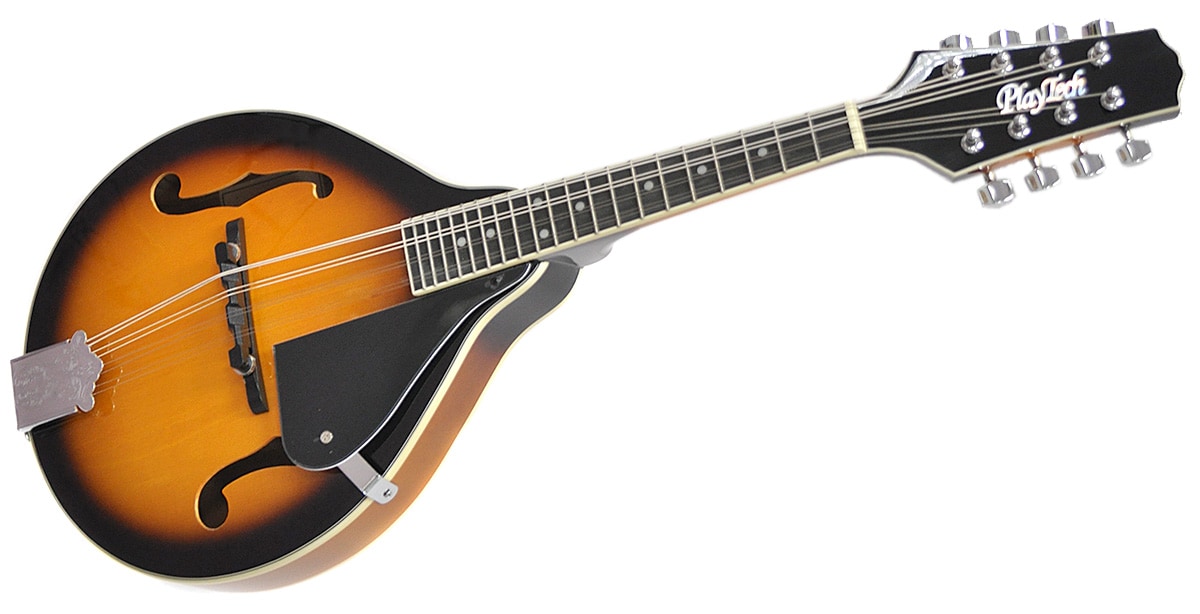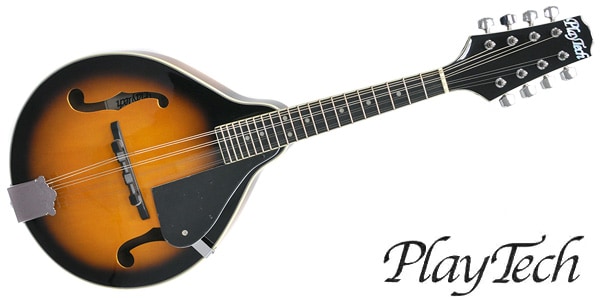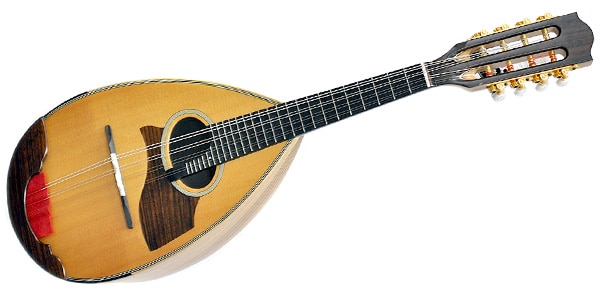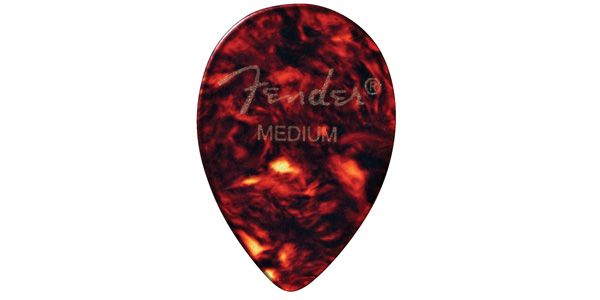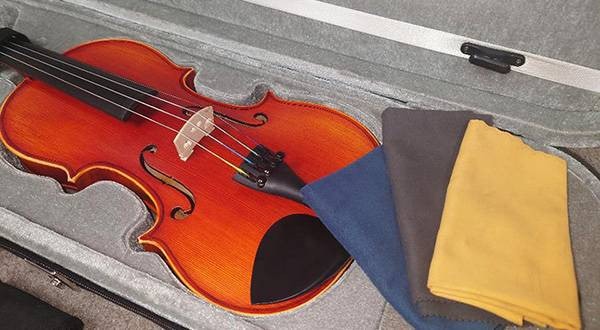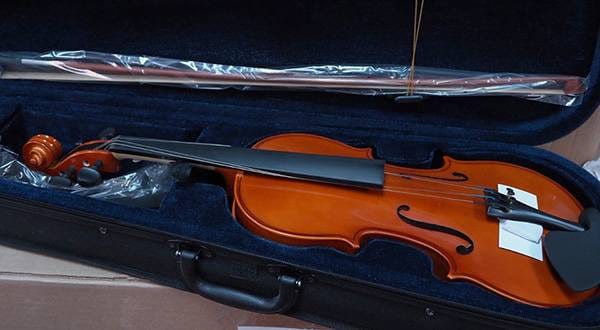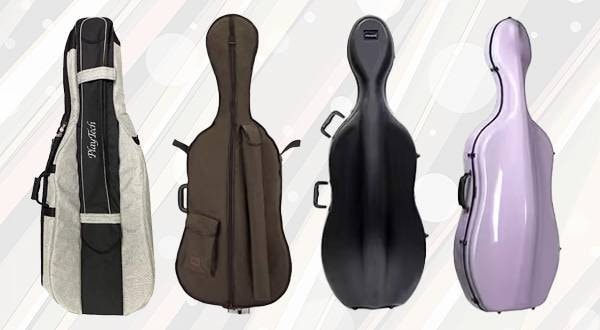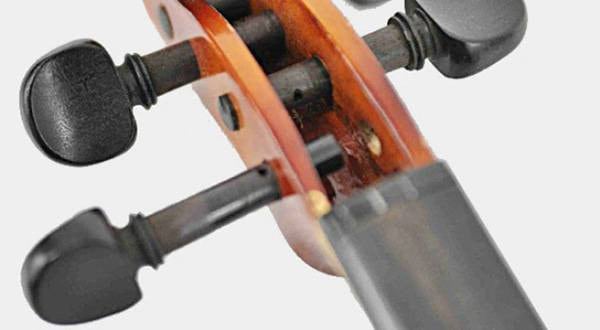Have you heard of the mandolin? It is an instrument that was born in Italy in the 17th century, and is classified as a plucked string instrument.
So, which country do you think has the largest number of mandolin players? Surprisingly, it’s said to be Japan. It’s even more surprising that Japan has more players than Italy, the country that gave birth to the mandolin, isn’t it? Regional differences aside, there are many mandolin groups in Japan, including school clubs and community groups.
However, I think there are still many people who don’t know about the mandolin or they consider it a rare musical instrument. It often gets confused with mandrill, mandarin, and marimba. At my school festival, one of the organizers had once written “Guitar-Mandrill Club” on a poster. lol
So this time, I’d like to briefly introduce what a mandolin is like. There are two types of mandolins, “Classical Mandolin” and “Flat Mandolin”.
■Classical Mandolin
Mandolin Category
∟List of Classical Mandolins
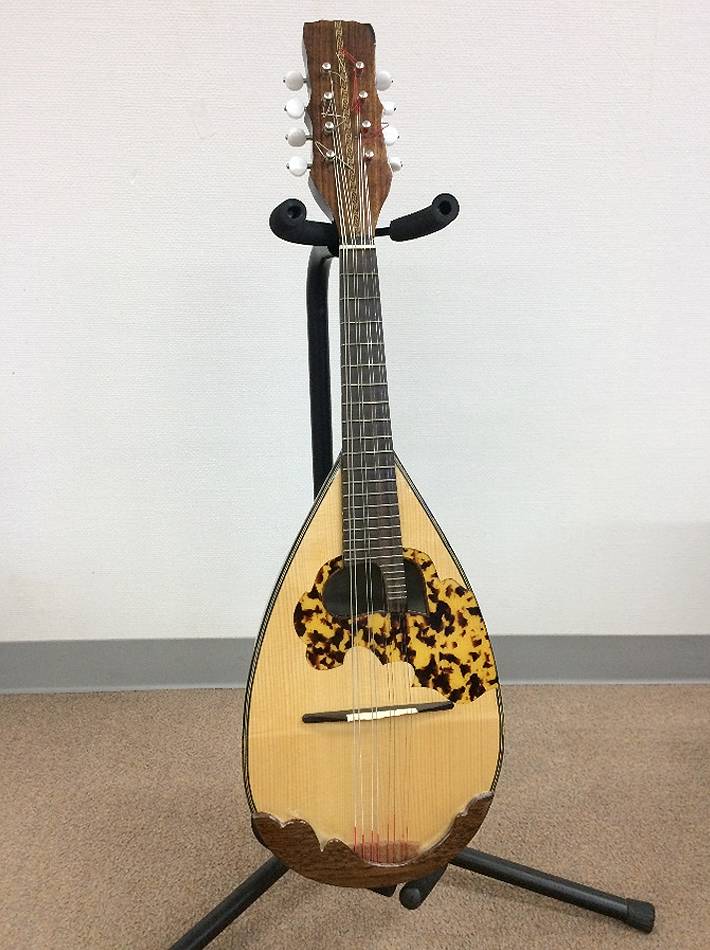
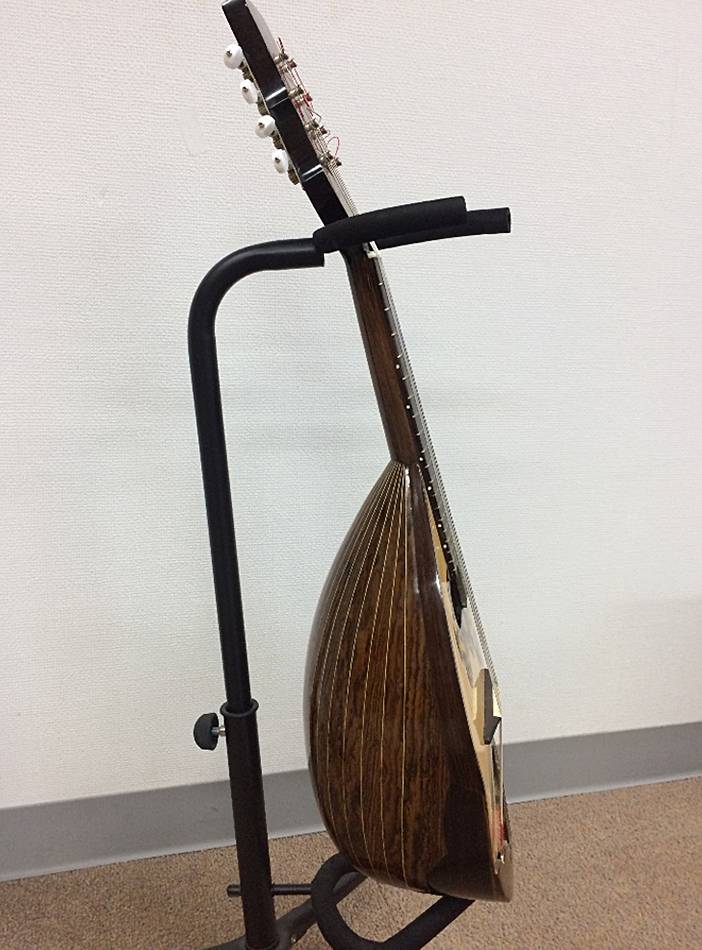
This type of mandolin is played in many mandolin ensembles and mandolin orchestras in Japan. It is often referred to simply as the "mandolin," but it is called a “classical mandolin” at Sound House for distinction. Sometimes it is called a “round mandolin” or a “bowl mandolin”. Since the front is teardrop-shaped, and the back is rounded like a bowl, it’s often described as “a cross-section of a fig”.
■Flat Mandolin
Mandolin Category
∟List of Flat Mandolin
It is an instrument that was born in the United States with its roots in the classical mandolin. A flat mandolin, as the name indicates, is flat and is mainly used for bluegrass and country music. The instrument being played by the person second from the left in this video is a flat mandolin.
BUMP OF CHICKEN “Sharin no Uta”
If you want to know more about the types of mandolins, I recommend the following blogs.
“A comparison between the classical mandolin and the flat mandolin”
“Here is the mandolin family!”
From here, the explanation is common to both mandolins.
The Mandolin has 8 strings, and each pair is tuned in unison. It has the same tuning as the violin, G-D-A-E from the low to high. It’s played with a pick, and plucking the pairs of strings simultaneously is a characteristic of the mandolin.
→ List of strings for mandolin
→ List of picks for mandolin (It is included in the mandolin accessories.))
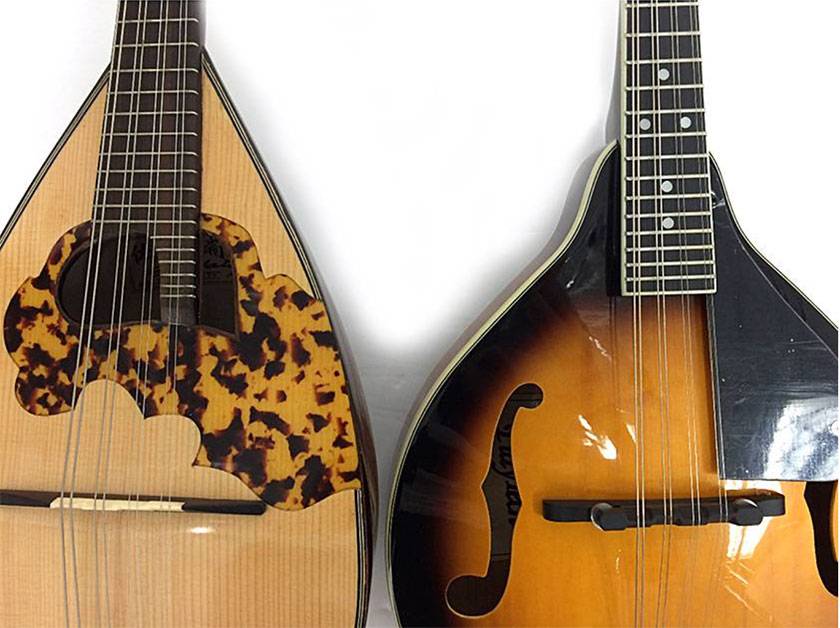
Here are two of the attractive features of the mandolin in my opinion.
One is that it’s relatively easy for a beginner to play. The fingerboard (the part where you hold the strings down with the left hand) has metal strips, like a guitar, called frets. So anyone can make a sound on pitch as long as the tuning is correct. Also, I think, because it’s played with a pick, it’s easier to learn than a string instrument that is played with a bow.
The second attractive feature of the mandolin is that you can play it tremolo-style. Tremolo is a playing technique in which a single note is picked rapidly in succession. The sound of the string is attenuated shortly after the string has been picked once.
But you can make the sound last longer with tremolo. Playing tremolo on a mandolin, you can hear each rolling sound as a single long sound, and it’s indescribably sorrowful. I think this is the most attractive feature of the mandolin, a tone that other stringed and wind instruments can’t produce.
So, have I piqued your interest in the mandolin?
Please go and hear it live at a recital at least once. As I mentioned, surprisingly, Japan has the largest number of mandolin players. Probably there is a group of mandolin players in your area.
And at Sound House, we sell the mandolin itself, cases, strings, picks, straps, and so on. The number of products is expanding little by little, so stay tuned! We also publish the attractive features of the mandolin in our blog section. Please see these as well.





